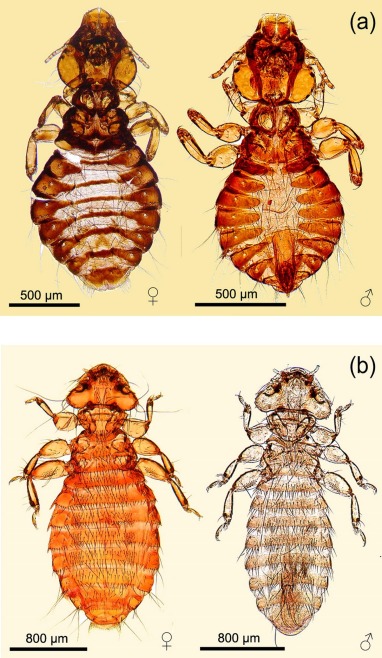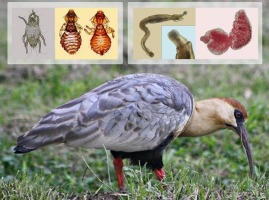Veterinary Parasitology: Regional Studies and Reports, Volume 42, 2023
Highlights
Scarce data on parasites associated with the black-faced ibis, a widely distributed Neotropical bird, is currently known in Chile
A high proportion (78.4%) of birds hosted at least one metazoan parasite
20.3% of birds were parasitized by five ectoparasites and 64.9% by six helminth taxa
Seven parasitic taxa represent new host–parasite associations of this avian host
Seven parasitic taxa represent new records for Chile
Abstract
The black-faced ibis, Theristicus melanopis, is considered a useful bird species for agricultural activity because it preys upon various invertebrate and vertebrate pests. Although it is a common species in Chile, limited information is available regarding its parasites. The main objective of this study was to recover the diversity of ectoparasites and gastrointestinal helminths in black-faced ibises living in the communes of Valdivia and Panguipulli, Los Ríos region. A total of 74 specimens were received for examination from the Centro de Rehabilitación de Fauna Silvestre at the Universidad Austral de Chile (CEREFAS-UACh), Valdivia, in 2011–2015. Black-faced ibises were externally inspected for ectoparasites by direct examining of the plumage, and necropsies were performed to examine digestive and respiratory organs in search of endoparasites. For each taxon, prevalence, mean intensity, mean abundance, and range of parasites per bird were estimated. Five species of ectoparasites and six species of helminths were identified. A total of 298 lice (Insecta: Phthiraptera) belonging to four species were collected: Ardeicola melanopis (13.51%), Colpocephalum trispinum (20.27%), Ibidoecus fissisignatus (4.05%), and Plegadiphilus mamillatus (9.46%). In addition, one feather mite species, Diodochaetus melanopis (Acari: Pterolichoidea) (17.56%), was isolated. In 48 black-faced ibis (64.86%), a total of 1229 gastrointestinal helminths were found: two nematodes, Porrocaecum heteropterum (55.41%) and Baruscapillaria obsignata (24.32%); one tapeworm Eugonodaeum nasuta (20.27%); two digeneans, Echinoparyphium recurvatum (1.35%) and Strigea bulbosa (6.76%); and the acanthocephalan Sphaerirostris sp. (1.35%). The findings of the following parasites present new host-parasite associations: P. mamillatus, D. melanopis, B. obsignata, E. recurvatum, S. bulbosa, and Sphaerirostris sp. Additionally, the louse P. mamillatus, feather mite D. melanopis, platyhelminths E. nasuta, E. recurvatum and S. bulbosa, and the acanthocephalan Sphaerirostris sp. are new records for the fauna of Chile.


